1987-1989 System 3
Platforms: Atari 800/130XE, Amstrad CPC, Atari ST, Commodore Amiga, Tandy Colour Computer 3 and ZX Spectrum 48K
As part of the launch and release of The Games That Weren’t book, we are adding assets and content that didn’t make it to print as bonus content to share with you.
Within the book is a detailed 12 page full story about the various unreleased 8 and 16-bit conversions of The Last Ninja by System 3. We speak to ZX Spectrum developer Phil Churchyard, ZX Spectrum artist Nick Cook, Atari ST developer Marc Rosocha, Tandy Colour Computer 3 developer Rick Adams and get extra input about the aborted ZX Spectrum development from Mevlut Dinc, who was asked to take over the project.
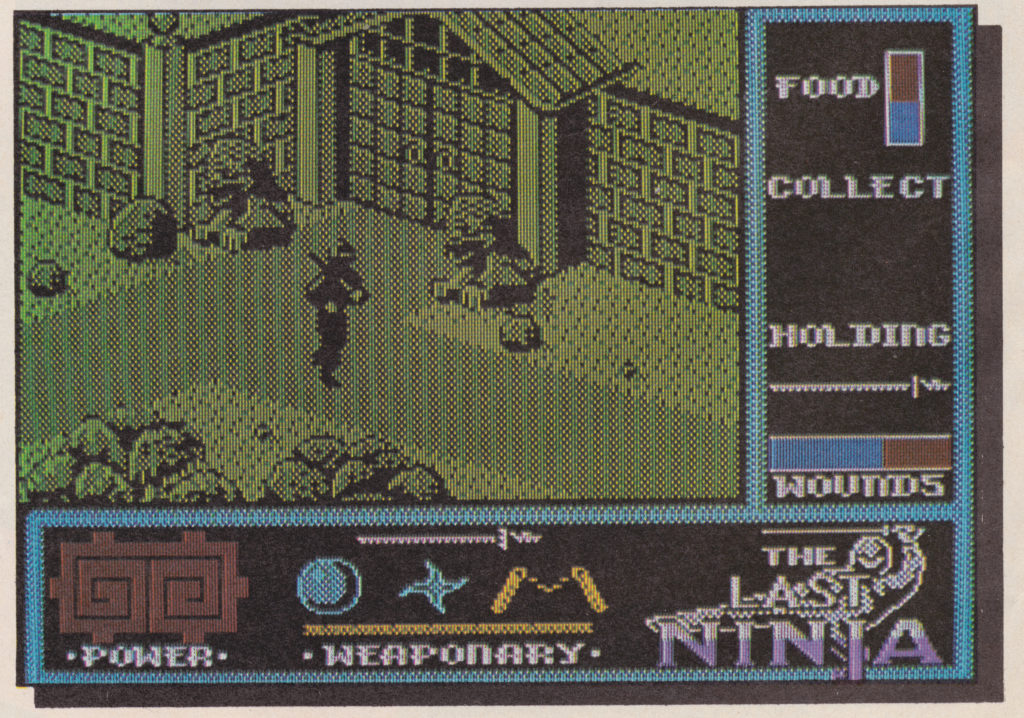
Whilst researching for the book, I was buying various magazines off Ebay to make as hi-res as possible scans of the ZX Spectrum and Amiga shots that had featured in the press. Just in case they were needed for the book. Thankfully, we were blessed by having a specially created ZX Spectrum loading screen and re-created in-game screen by the hugely talented Craig Stevenson. Here you can see it on Craig’s twitter feed: https://twitter.com/hot_piping/status/1300025940068757504
Therefore, here are all the scans I have made in their original raw form. This includes a reconstructed and tidied up ZX Spectrum advert which was split over two pages. There are screenshots from the leaked ST edition (which feature the same graphics that would have been in the Amiga edition), a screen from the Coco 3 game and advert for the Coco 3 edition.
It is hoped that something of the original ZX Spectrum version can be recovered and made available in the future, as well as the Amiga and Coco 3 editions. If anything is, then we’ll be sure to add them here. Sadly the Amstrad CPC (to later be converted from the ZX Spectrum edition) and Atari editions were not fully started, so there is sadly nothing to find for those versions that had been planned.
With thanks to Ross Sillifant for a few extra scans added in September 2021.




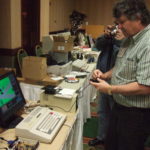
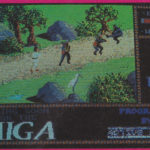
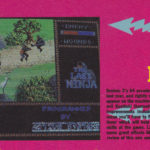
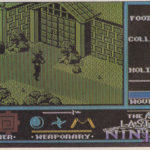
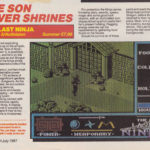
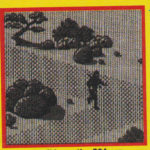
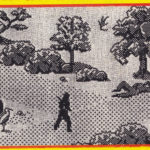


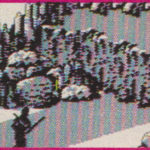
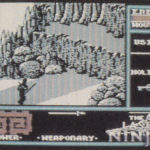
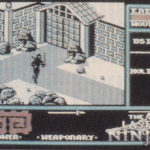
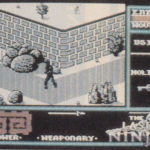
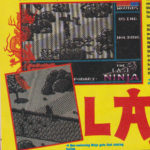
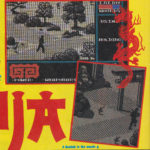
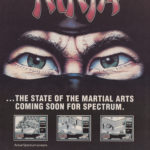
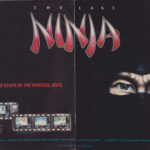
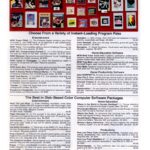
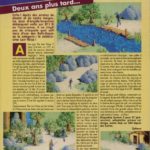
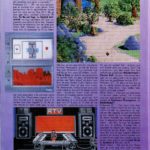

Having become friends with both Rick Adams and Steve Bjork over the years (who both worked at the Coco 3 version of The Last Ninja), we have had an interview with Rick that talked about this on our The Coco Nation show (formerly CocoTalk!). I also have a video provided by Allen Huffman showing the gameplay in the game as far as it had gotten under Steve: http://www.lcurtisboyle.com/nitros9/cocolastninja1.mp4
Hi there, thank you very much for sharing. Do you have a link to your show episode? (I’ll pop a link onto the page). Also, would it be ok to host a copy of your Coco video on the site? (with credit to yourself of course).
FWIW: “[…] Apple ][, 1989. Yes, from what I could find out, this seems to have been a seperate version, and released after the Apple ][GS version.
BBC, Superior Software, year unknown. This version is rather obscure, but there is enough proof that it really existed (see links below).
Atari ST, ported Marc Rosocha (Thalion). When it was nearly finished, it was leaked. This and financial differences were the cause that it was never officially released.
Acorn Archimedes, 1992. This version has completely new graphics. Possibly only a demo was released.
An Amiga version named Ninja Remix was released in 1990. It is essentially a port of the unreleased Atari ST version, done by Austrian developer Eclipse. It has been suggested that the late release date and different title are due to planned but scrapped enhancements for this platform.
A Sinclair ZX Spectrum version was planned and advertised a lot, but never finished. This makes The Last Ninja probably the only UK game of the 8-bit era that was available on several platforms but not the Spectrum. There were three sequels, 2, 3, and remix, available on most of the platforms of the day. 2002 there was a remake on the Xbox.”
Source: https://web.archive.org/web/20120408222542/http://members.chello.at/theodor.lauppert/games/ninja.htm
Thanks Fabrizio. Since the post on that site, we have learnt that Marc Rosocha also did the Amiga/ST release of Ninja Remix in the end under Eclipse, after Mark Cale got hold of him a few years later to see about resurrecting the ST conversion that had been leaked. This was the first time they had actually directly spoken to each other (see below).
Marc before then was working on the ST version through Active Developments (who we believe had their own team working on the Amiga conversion, and they sub-contracted the ST dev out to him), and had no direct contact with Mark Cale at this point. By the point of Ninja Remix, Marc’s better knowledge of the ST architecture meant that he could do a far better conversion job and compress it down a lot to fit on less disks. Marc essentially started again from scratch, but used the same artwork originally supplied. It was also written in a way that it could be easily ported over to the Amiga afterwards using the same codebase (compared to the original ST edition which couldn’t due to the way it had been written).